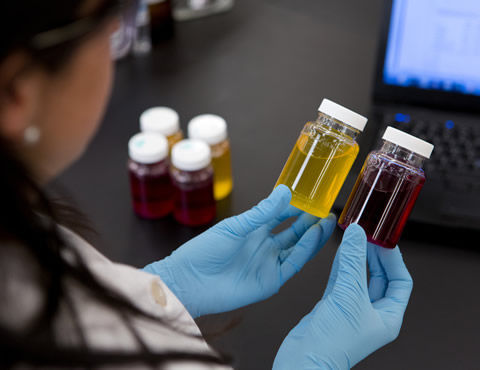LIMS and Stem Cell Research
- elly
- Jul 5, 2019
- 2 min read

LIMS is an acronym for Laboratory Information Management Software, is software commonly used in the environment, pharmacy and research institutions. This is software for managing laboratory life, indeed with this tool it is possible not only to manage samples and standards, users and instruments, but also to send invoices, control workflow automation, manage projects.
The current goal is to maintain achievement of results, elaboration, further decisions and final reviews directly at work, and not in the office. Indeed, all laboratory users can log in and use this software, projects are arranged based on types, subtypes, priorities and other criteria and all related information is recorded therein; In addition, the instrument can also send data directly to the LIMS that is configured to ensure traceability of the work. With LIMS it is possible to save time and money and increase levels and productivity: indeed, large inventory can be reduced or idexx indonesia eliminated altogether and the researchers do not waste too much time searching for previous experimental data and so on.
Stem cell research is an interesting branch of science that is rapidly advancing and providing data. To manage this data and facilitate collaboration between institutions, it is only natural that the use of LIMS in the most improved version. The first feature that software must have is user friendliness because in one laboratory researchers can have different backgrounds and this difference can be more significant in more laboratories during collaboration.
To communicate results or change samples or make general decisions, software such as LIMS 247 that is used in all laboratories can help coordinate work. Many techniques and protocols can be applied in stem cell research, from cellular biology to molecular to biochemical biology; the use of special software, which is directly configured by researchers, can help to record workflows and data and track them: this is the second important feature of software that must be used in stem cell research.
Progress reports are also important during laboratory life, LIMS guarantees a safe mechanism for data reporting, always checked by the quality control system in the software. We have presented a possible LIMS application in a research laboratory, but this software can also be used successfully for cell culture management and patient samples collected in hospitals. Again, to record every information about each sample perfectly - and when we work with patients, perfection is a must - it is possible to use LIMS. This software can help researchers to maintain sample traceability and doctors who can base their decisions on scientific data from the same sample.
This process can improve the results of regenerative medicine, in the case of stem cell research, but in all clinical departments can produce good results. Modern science, especially stem cell research which is the future for medicine and biology, cannot exclude information tools from its life: software such as LIMS 247 from RURO Inc. can improve the quality of scientific work and improve data and publication of productivity and quality of clinical services for patients.



Comments